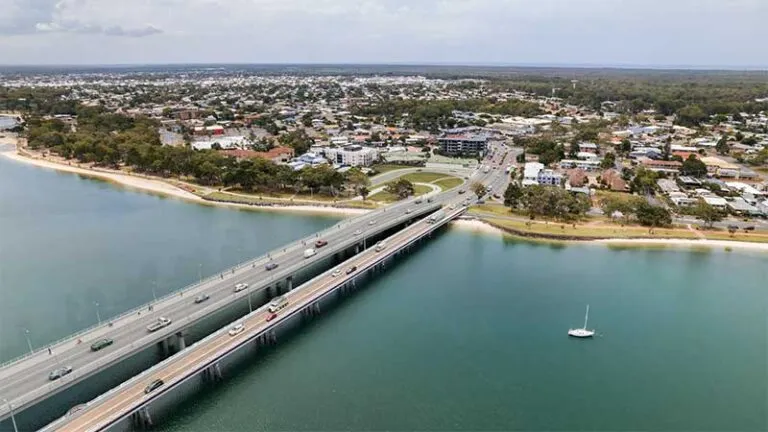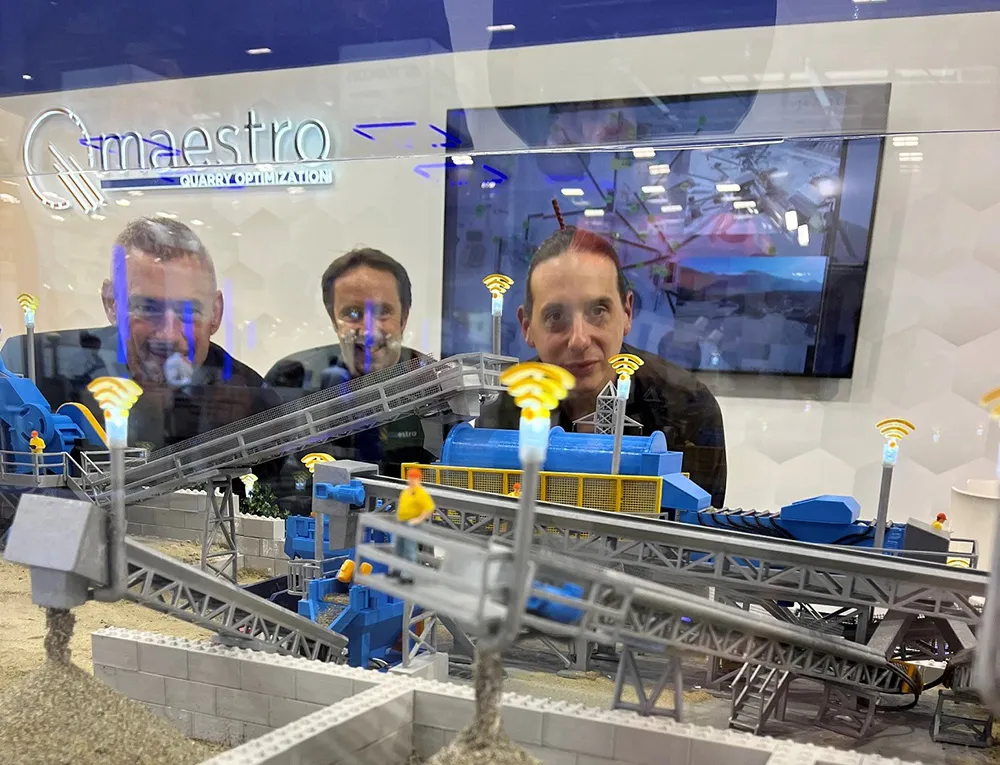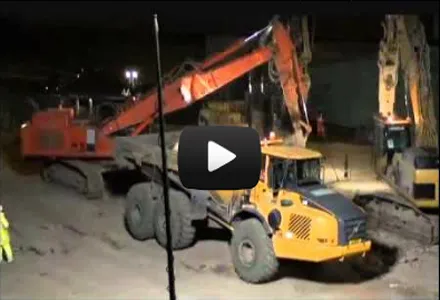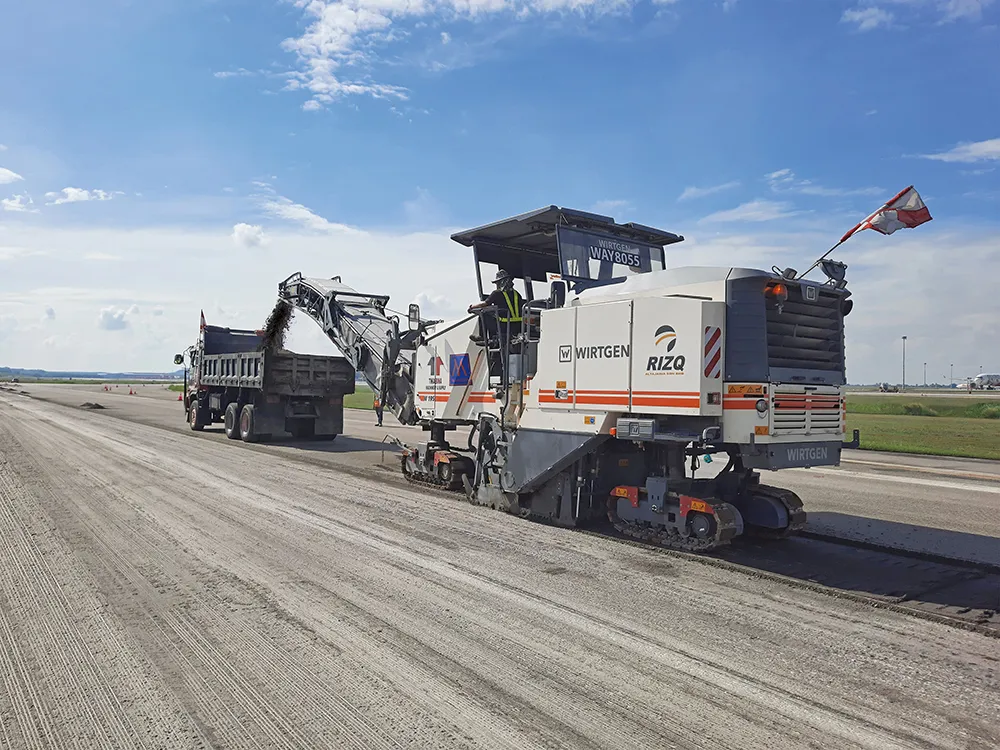
The Queensland state government is proposing a new Bribie Island Bridge beside the existing two-lane bridge which will remain in service.
Bribie Island is the smallest of three major sand islands along the northern part of Moreton Bay north of near Brisbane. The existing Bribie Island Bridge was opened in 1963 and consists of two traffic lanes and a narrow pedestrian pathway.
The city of Moreton Bay, with 485,000 residents, has a large tourism sector, attracting around 4.6 million visitors annually, with Bribie Island alone drawing about 820,000 guests, representing 18 per cent of all visitors to the region. The Moreton Bay region is expected to grow significantly, with an additional 300,000 residents between now and 2046.
An 18-page business case document published by the state’s Department of Transport and Main Roads (TMR) notes that the existing bridge has years of life left but is becoming less fit for purpose as traffic volumes increase. It sits at the eastern end of Caboolture-Bribie Island Road which the government wishes to upgrade to four lanes as part of the government’s long-term transportation strategy.
To cope with a predicted increase in traffic as well as active transport modes, the preferred option is to build a new bridge beside the current bridge. It would feature two eastbound traffic lanes and a dedicated active transport path for bicycle riders, pedestrians and users of mobility devices.
The active transport path on the northern side of the bridge will improve safety and useability.
The existing Bribie Island bridge, of 38 spans, each 22m long, is comprised of pre-stressed and post-tensioned concrete components. TMR has undertaken ongoing maintenance and progressive rehabilitation of piles, including two piles rehabilitated in 1997 and a further six piles rehabilitated between 2013 and 2020. Detailed inspections indicate that the bridge is performing as is typical of a structure in a marine environment, according to the document, Business Case Summary, Bribie Island Bridge Upgrade.
The preferred option is for a new bridge with two eastbound traffic lanes and active transport, and two westbound traffic lanes on the existing bridge. The business case is still a planning document and more detail is required to further develop the project through detailed design.
The next steps are subject to funding being allocated to progress the project. Once funding has been detailed, the Department of Transport and Main Roads will undertake procurement for a detailed design and construction contractor.
To obtain an immediate free download of the business case summary, click here.








